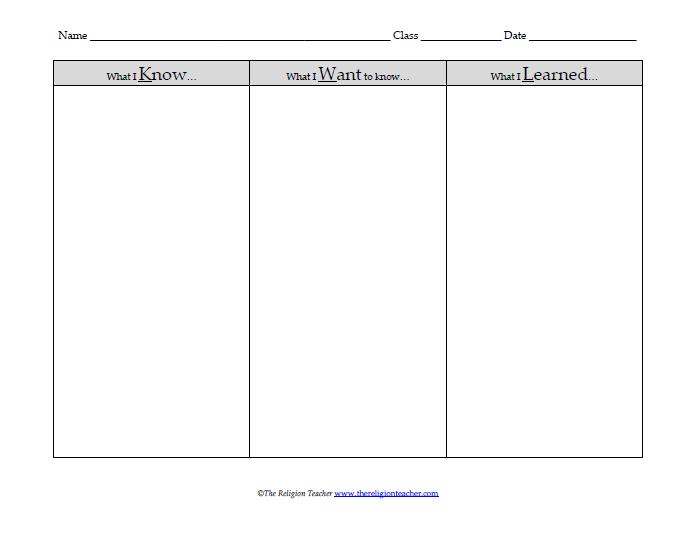The KWL model (also known as KWL technique or KWL strategy) is a learning technique that helps learners prepare for a learning activity, organise information and reflect on what they have learned. The KWL model consists of three phases: K (Know), W (Want to know) and L (Learned).
- Know : In the first phase, learners activate the knowledge and information they already have on a particular topic. The learners think about what they already know and compile this knowledge. This can take the form of a brainstorming session or a list. In other words, this step activates existing knowledge and experience on a particular topic.
- Want to know: In this phase, learners formulate questions and identify what information or aspects of the topic they are still missing or unclear about. These questions serve as orientation and motivation for further learning, i.e. they consider what they would like to know about the topic and which aspects they would like to explore in more detail.
- Learned: After the learners have explored the topic, in this phase they reflect on what they have learned. They summarise the most important information, answer their previous questions and check whether their expectations have been met. Learners read, research, conduct experiments or use other learning methods to acquire new information.
The KWL model promotes activated learning, self-reflection and awareness of one’s own learning process. The KWL model actively promotes self-directed learning and metacognition by encouraging learners to activate their prior knowledge, formulate their questions and direct their learning. It can be applied in a variety of learning environments, such as in the classroom, in continuing education or in self-directed learning. Through the KWL model, learners are encouraged to clarify their learning goals, identify their own knowledge gaps and review their learning progress.
Source: https://www.thereligionteacher.com/kwl-chart/ (22-12-12)

